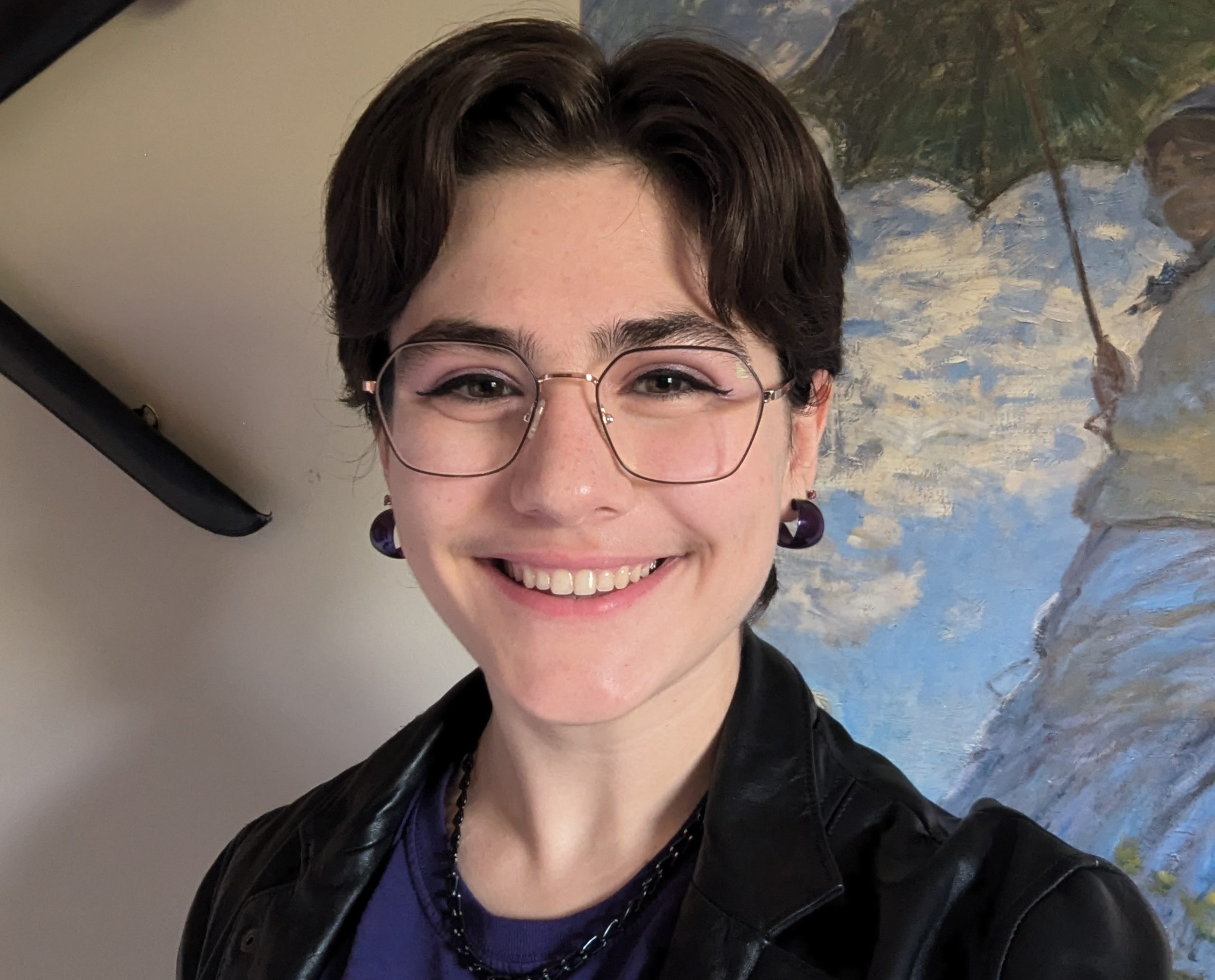A tribute to Steve Straker, by Jack Maze (UBC Professor Emeritus, Botany / Arts One)
(See also pdf version.)
There is a poem chanted with a children’s game played, as I recall, in the Appalachian Mountains. The game and the entire poem have been forgotten but there is one set of lines that have stayed with me since I first encountered them:
“The needle’s eye that does supply
The thread that runs so true”.
If one should think of these two lines in a poem as representing education, it is easy to see the “needle’s eye” as a teacher and “the thread that runs so true” as that set of beliefs, bits of information, and knowledge that our culture believes the next generation should carry into decision making adulthood.
This rather simple view of education is in contrast with the complexity that pervades modern education. There are the electronic devices considered to be an essential part of modern education, particularly PowerPoint. As well, the beliefs on how best to teach the elements of “the thread that runs so true” change continually as educational theories ascend and fade. And there is the daunting, though often beautiful, language used to convey ideas in the humanities.
However, in spite of this continuously changing face of education with its increasing complexity, the History Program and Arts One at UBC have continued to produce highly talented individuals, scholars, artists, theologians, writers, and, perhaps most importantly, readers. The reason why a constant select product has been forthcoming from an educational system in a continual state of flux has been teachers like Steve Straker, someone who put a human face to the tools used in teaching and the jargon of his discipline, who reveal “the thread that runs so true” in terms that have meaning to a student, and who inject reason and understanding into a society too often dependent on technique rather than thought.
A school is defined not by modern equipment, the most recent theory on how to teach or an intimidating jargon. A school consists of two elements and those two elements alone, a teacher and a student; the rest is superfluous. Because a good teacher can have a profound effect on many students and because those students, in turn, can pass that influence on to those they encounter in a life time, a good teacher can have an effect far beyond their personal reach or even their own life span. This is Steve’s legacy, a large population of well‐, and self‐, informed individuals who know how to arrive at reasoned decisions. He will be sorely missed; I know I miss him greatly.



